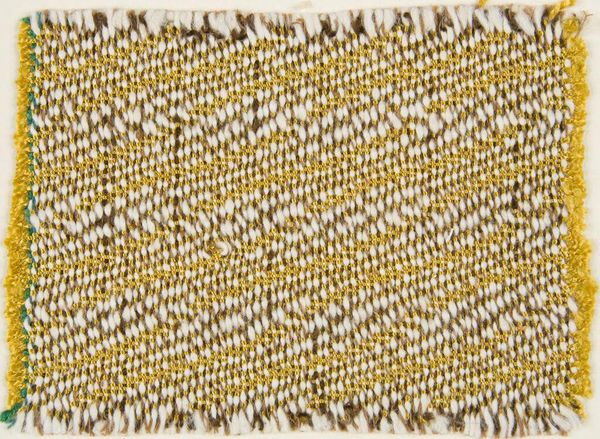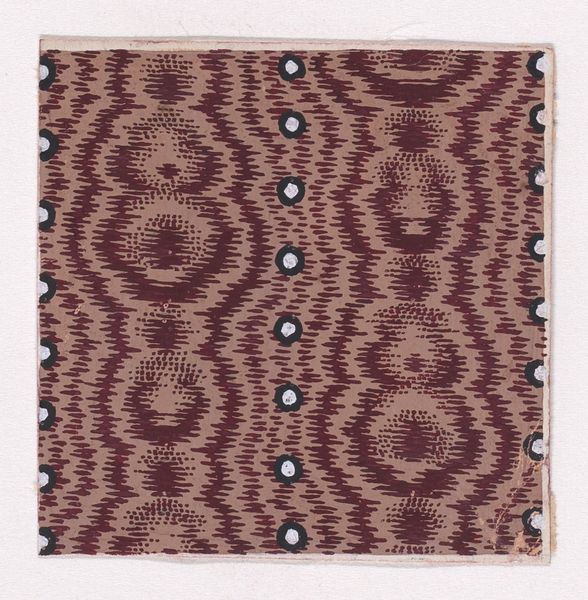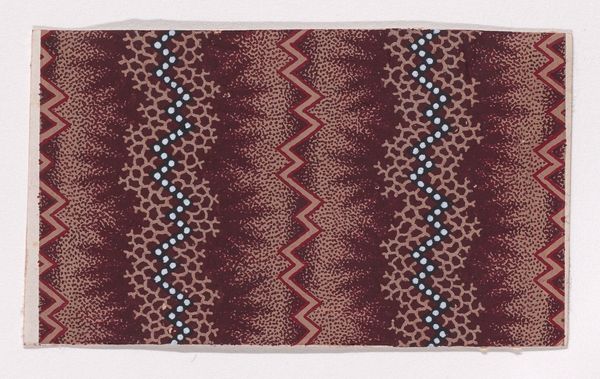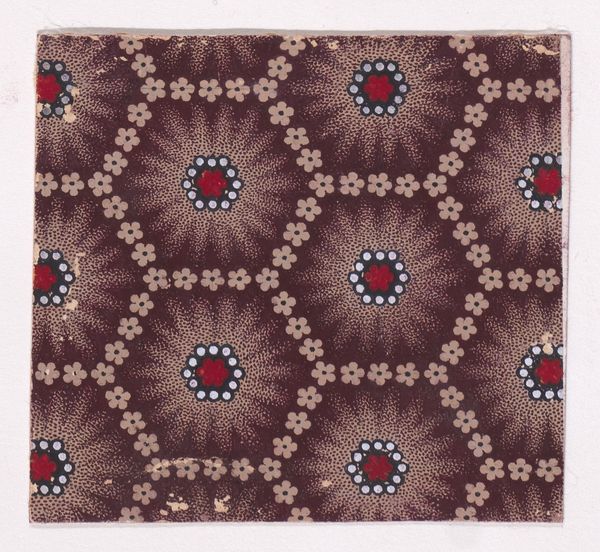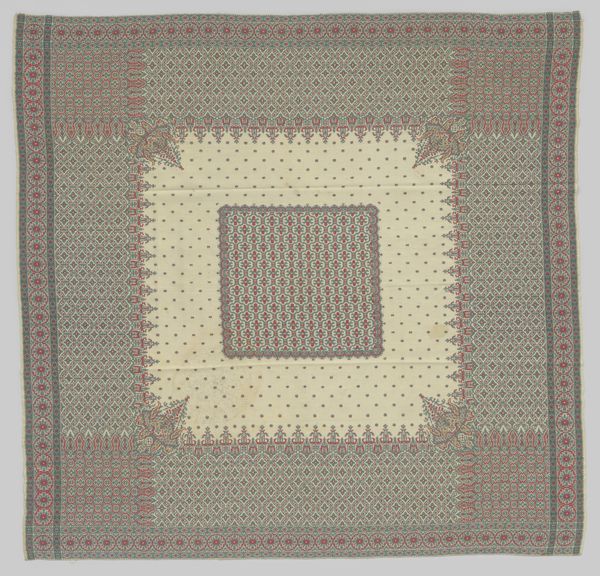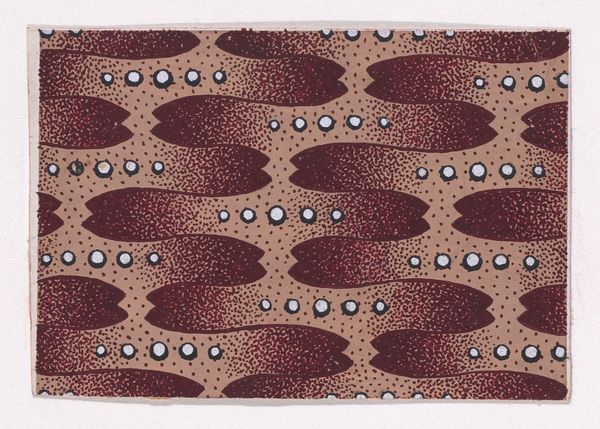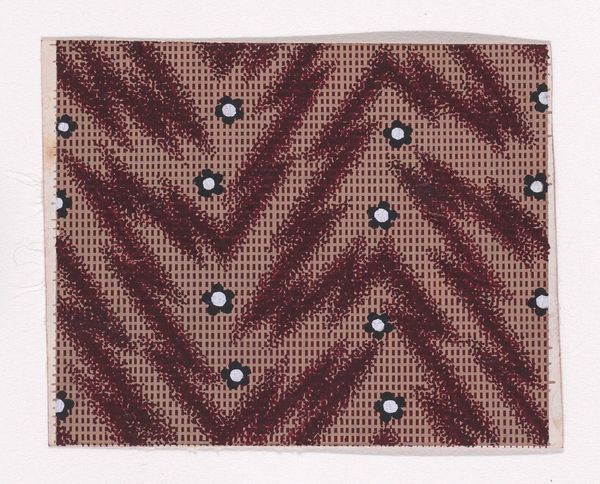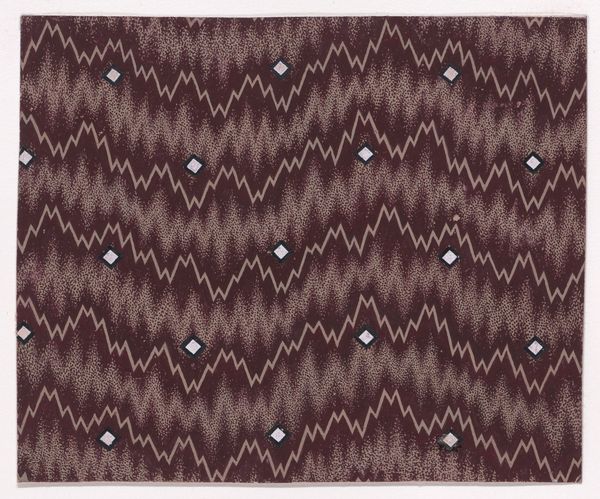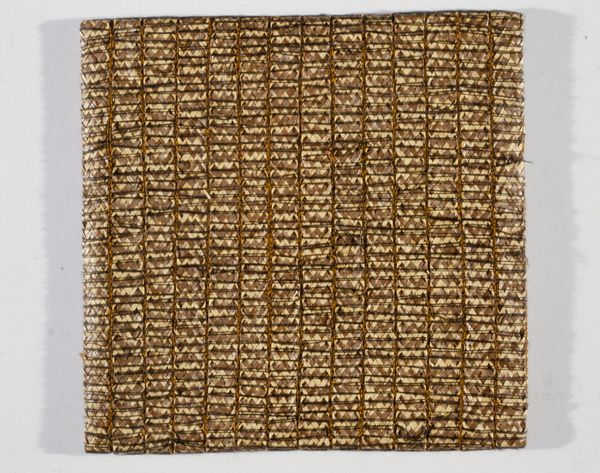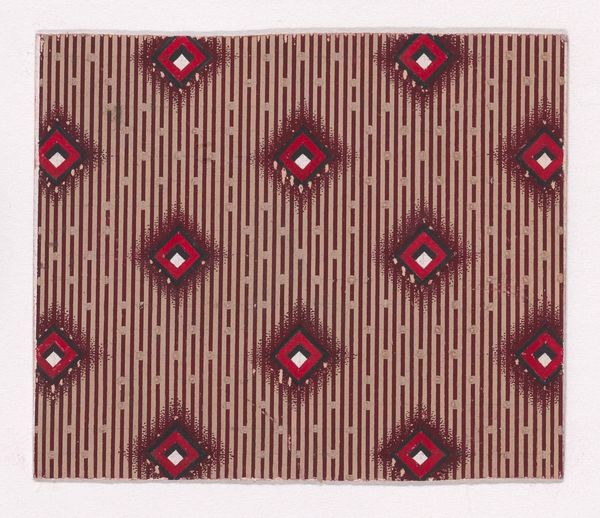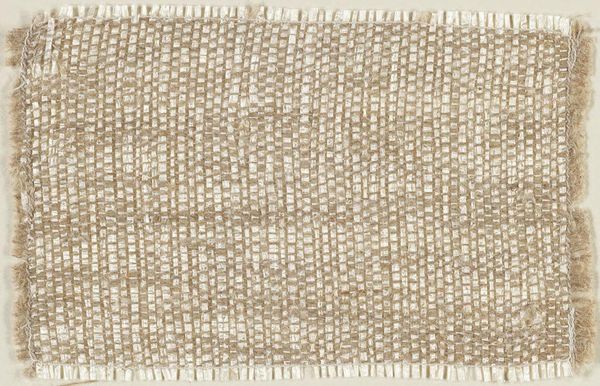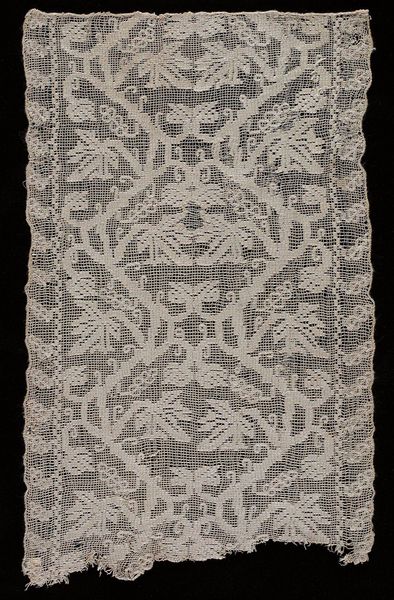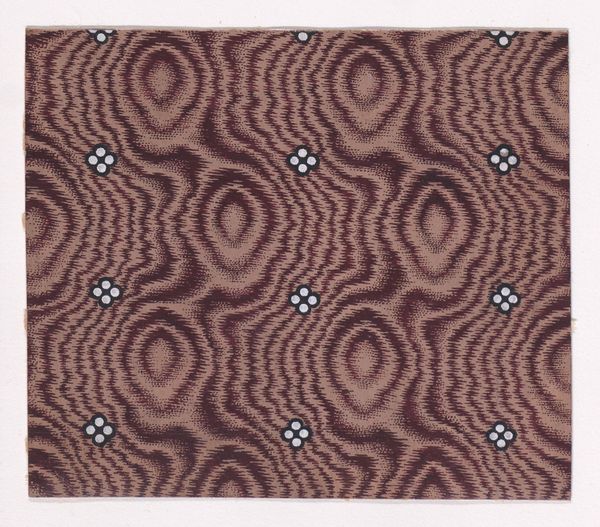
Vierkante kajsmiersjaal, met op een crémkleurig fond een strooimotief van rode en gele bloemen, in het midden een rond medaillon, binnen een lijst met fantasiepatroon c. 1825 - 1840
0:00
0:00
fibre-art, silk, weaving, textile
#
fibre-art
#
silk
#
weaving
#
textile
#
geometric pattern
#
organic pattern
#
decorative-art
Dimensions: length 153 cm, width 150 cm
Copyright: Rijks Museum: Open Domain
This square Kashmir shawl, adorned with red and yellow flowers on a cream background, was designed by Charles Swaisland. Though we don't have an exact date, Swaisland lived until 1865. These shawls were luxury items, emblems of wealth and status in the 19th century. They were not just textiles, they were signifiers of identity, particularly for women. The shawl could indicate a woman's social standing, her taste, and her access to global markets. The intricate patterns, reminiscent of Indian designs, speak to the complex colonial histories that facilitated the trade of these goods. The motifs, while beautiful, carry a legacy of cultural exchange marked by power imbalances. These shawls occupy an emotional space too, they might have wrapped a woman against the cold, or been a treasured heirloom passed through generations, embodying personal stories. Ultimately, this shawl encapsulates how fashion can be a canvas for exploring identity, history, and the intertwined threads of personal and global narratives.
Comments
No comments
Be the first to comment and join the conversation on the ultimate creative platform.
